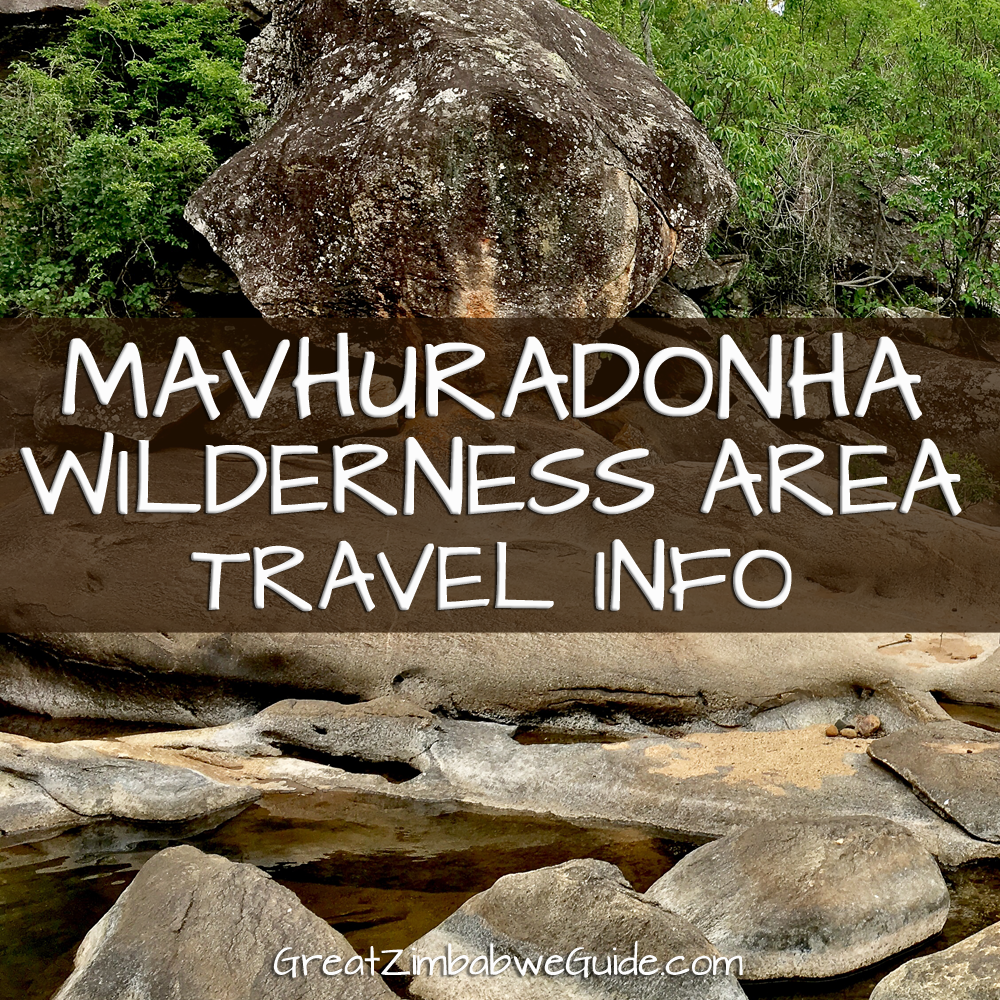 The Mavhuradonha Wilderness Area is situated in the north-east of Zimbabwe, roughly 180 km from Harare. The name ‘Mavhuradonha’ roughly translates from chiShona language as ‘dripping water’ which describes the delicate rain that sometimes descends on the slopes of the nearby mountains. ‘Mavhuradonha’ (crudely pronounced ‘Ma-voora-donna’) can be a mouthful to foreigners; some call it “Mavs” for short. It’s often confused with the more frequented Matusadona, which is a National Park located a few hundred kilometres away on the southern shores of Lake Kariba.
The Mavhuradonha Wilderness Area is situated in the north-east of Zimbabwe, roughly 180 km from Harare. The name ‘Mavhuradonha’ roughly translates from chiShona language as ‘dripping water’ which describes the delicate rain that sometimes descends on the slopes of the nearby mountains. ‘Mavhuradonha’ (crudely pronounced ‘Ma-voora-donna’) can be a mouthful to foreigners; some call it “Mavs” for short. It’s often confused with the more frequented Matusadona, which is a National Park located a few hundred kilometres away on the southern shores of Lake Kariba.
Mavhuradonha is a fantastic off-the-grid location for total immersion in the Zimbabwean wilderness. After a short-ish, bumpy car journey from Harare, you’ll be rewarded with unblemished views of hills, woodlands and rock formations – as well as a total escape from the crowds.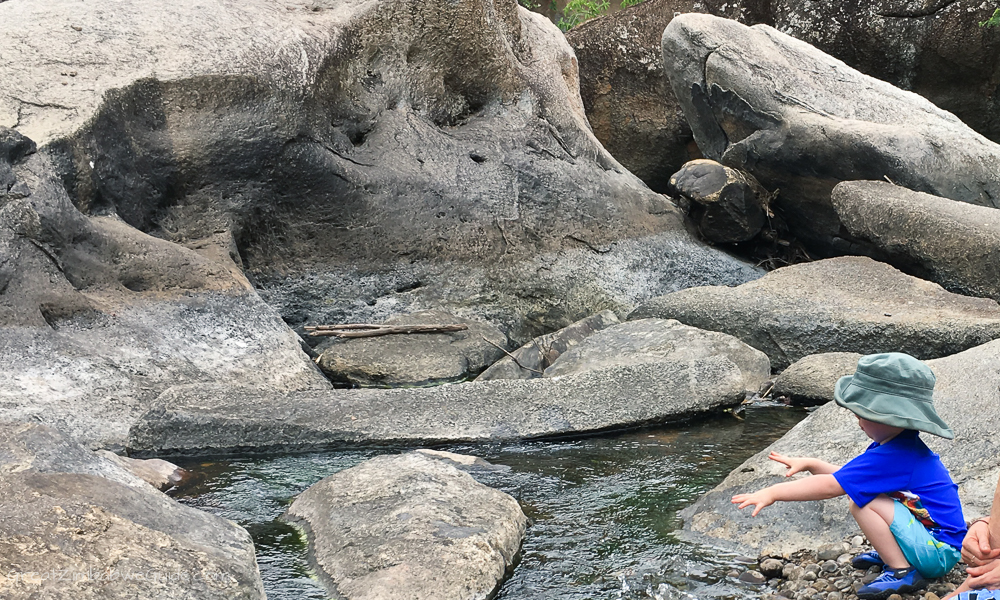
More travel information: Mavhuradonha Wilderness Area
- Activities include hiking, wildlife tracking, birdwatching, cultural tours, cave exploring and cultural community visits.
- It is accessible only via single-track dirt roads via a 4×4 vehicle.
- Wildlife includes eland, wildebeest, waterbuck, impala, sable, kudu, zebra, and baboons. Occasionally buffalo, elephant, lion and hyena can be seen.
- It is an Important Bird Area (IBA), with over 290 species of birds, including several large eagles.
- A colony of giant Egyptian fruit bats live here, their numbers are estimated at up to 20,000 bats; the largest known colony south of the equator.
- The landscape is surprisingly varied, from Miombo woodlands, to elephant-created trails in the rocky mountains, to river gorges, rock pools, riverine forests, underground springs, and as a centuries-old raffia palm botanical area.
- It contains at least 10 rivers, 3 waterfalls and covers parts of 3 mountain ranges.
- It also has important cultural and historical significance including 1000-year-old rock paintings, clay pot caches, cultivation sites, sacred caves and ancient fortresses of the Monomatapa Empire.
- It was declared a protected area by the local District Council in 1988 in recognition of its scenic beauty and conservation value.
- In 2017 it was declared a National Monument by the Government of Zimbabwe due to its historical and cultural importance.
- It was set up to ensure that the local community directly benefits from tourism and therefore recognises the value of wildlife. It is one of Zimbabwe’s Communal Areas Management Programme for Indigenous Resources (CAMPFIRE) projects.
- Read more about my stay at Kopje Tops Lodge in the Mavhuradonha Wilderness Area.
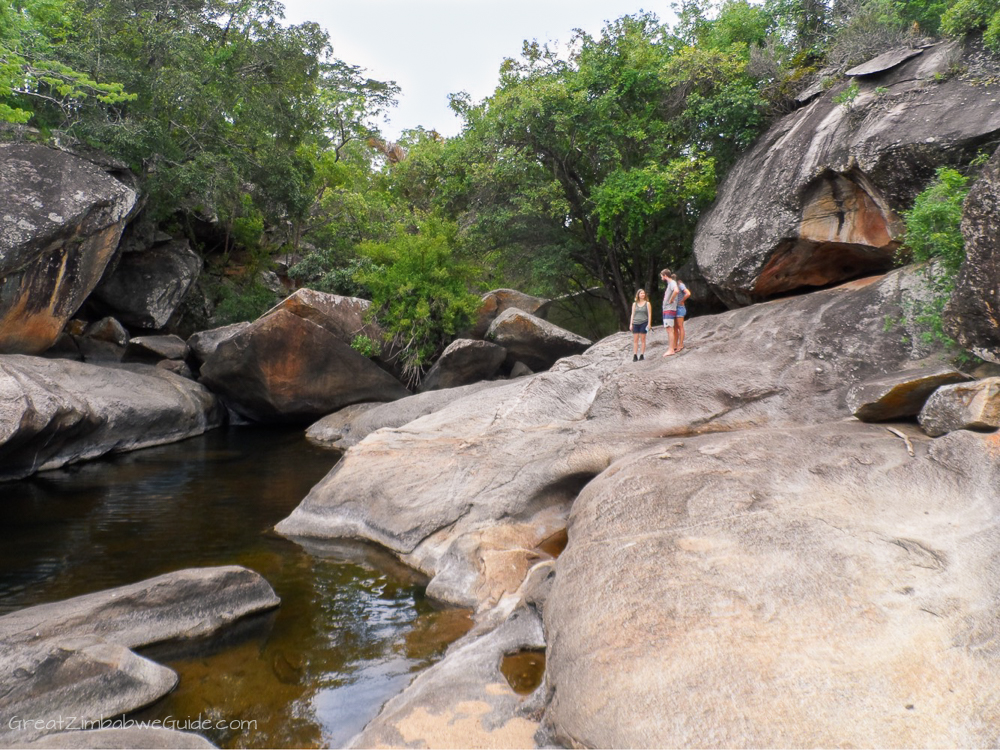
Practical information: Mavhuradonha Wilderness Area
- Where: 180 km north of Harare; past Mvurwi; accessible on a single track road; best for 4x4s
- Power: There is no mains electricity but there are generators in the camp areas
- Malaria: Mosquitoes are virtually non-existent in the winter (May to July) but are around in summer. Repellents should be applied before dusk. Mavhuradona is not deemed a malaria area within Zimbabwe.
- Family friendly?: Yes, with the proviso that this is a remote and wild area of bush where spiders, snakes and scorpions may be found. We took our two children aged 6 months and 4 years old and they had a fantastic time. Not all of the activities are suitable for children so common sense will be needed.
- Accommodation: Kopje Tops Lodge or Mavuradona Eco Wilderness Lodge
- What to expect: All accommodation is basic, but that is the whole point of going to the bush. Come looking for an adventure and you will find it.
- What to pack: Closed-in walking shoes, insect repellent, a torch or two, a picnic blanket, waterbottle, and a wide-brimmed hat.
Here are a few of my photos of this wilderness, where we didn’t come across any other visitors. We visited in December (the rainy season), so everything was lush and green at this time of year.
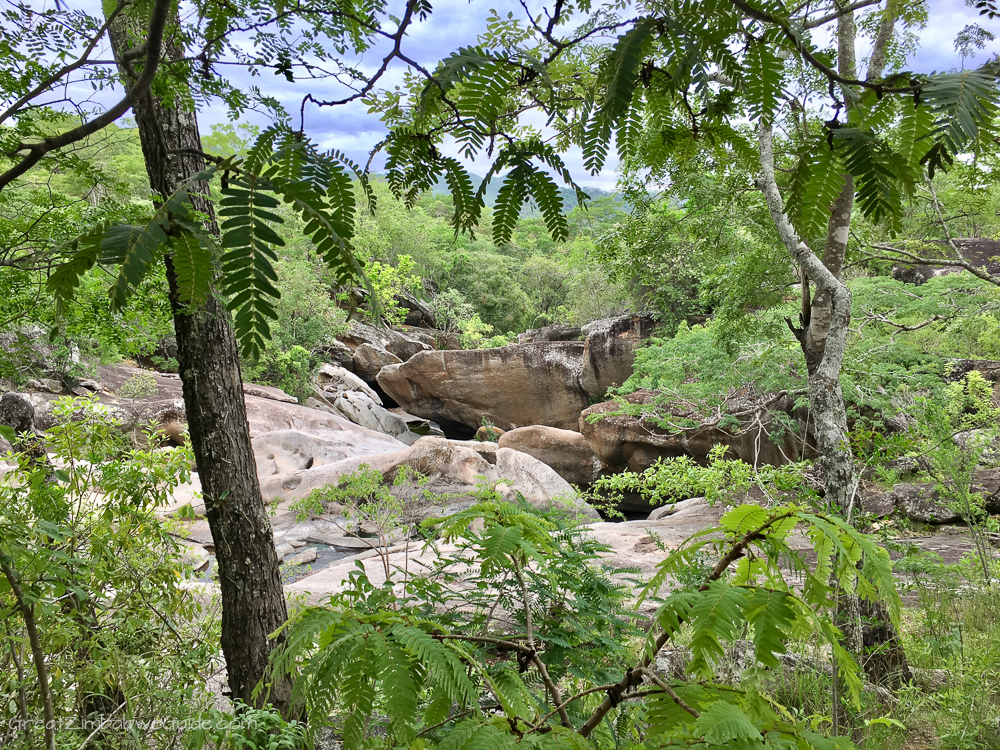
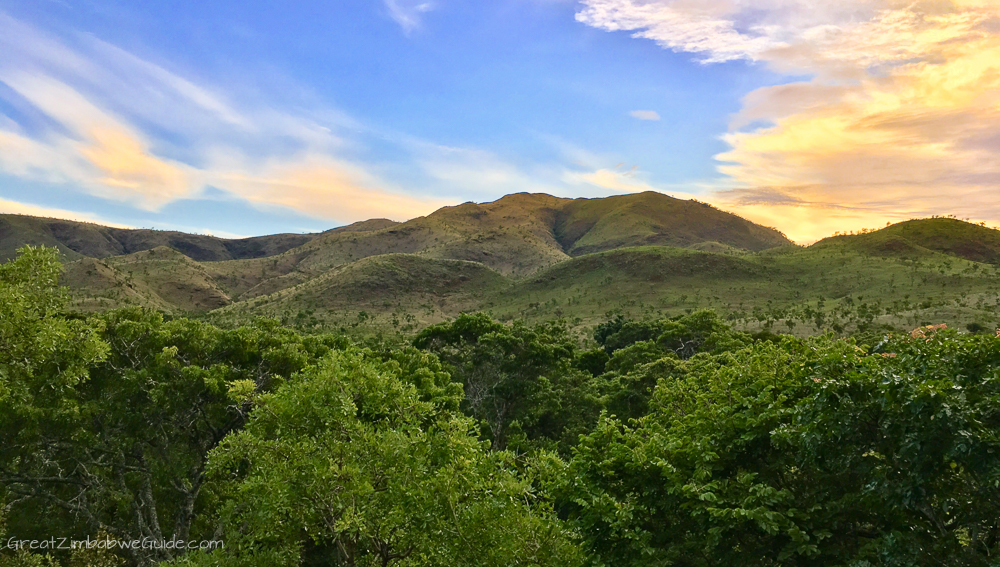
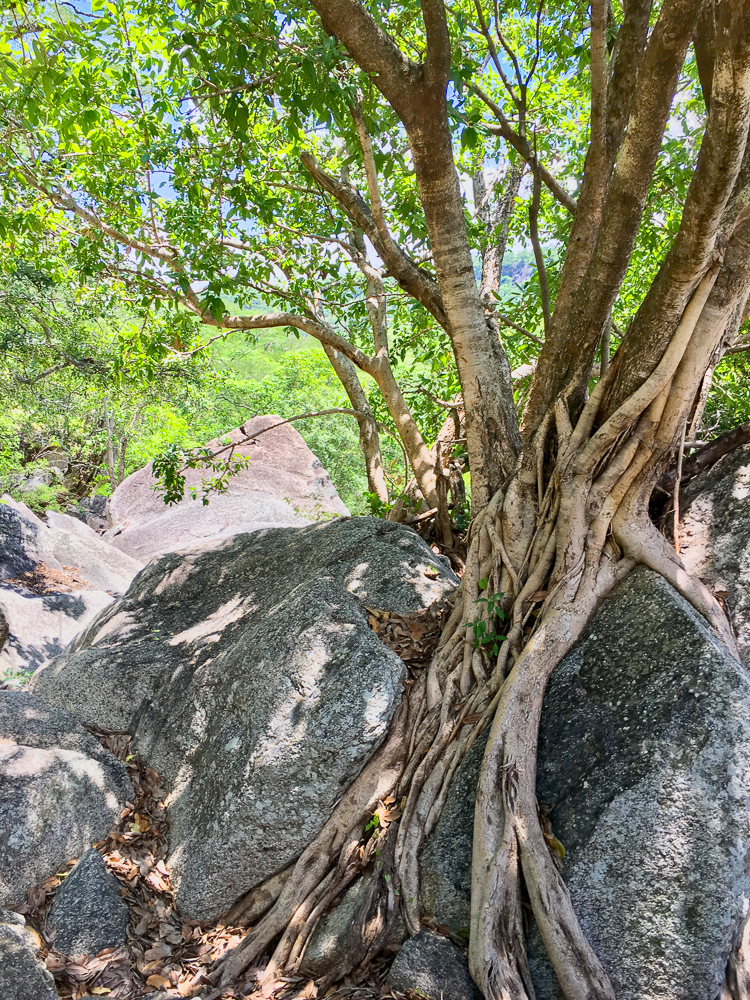
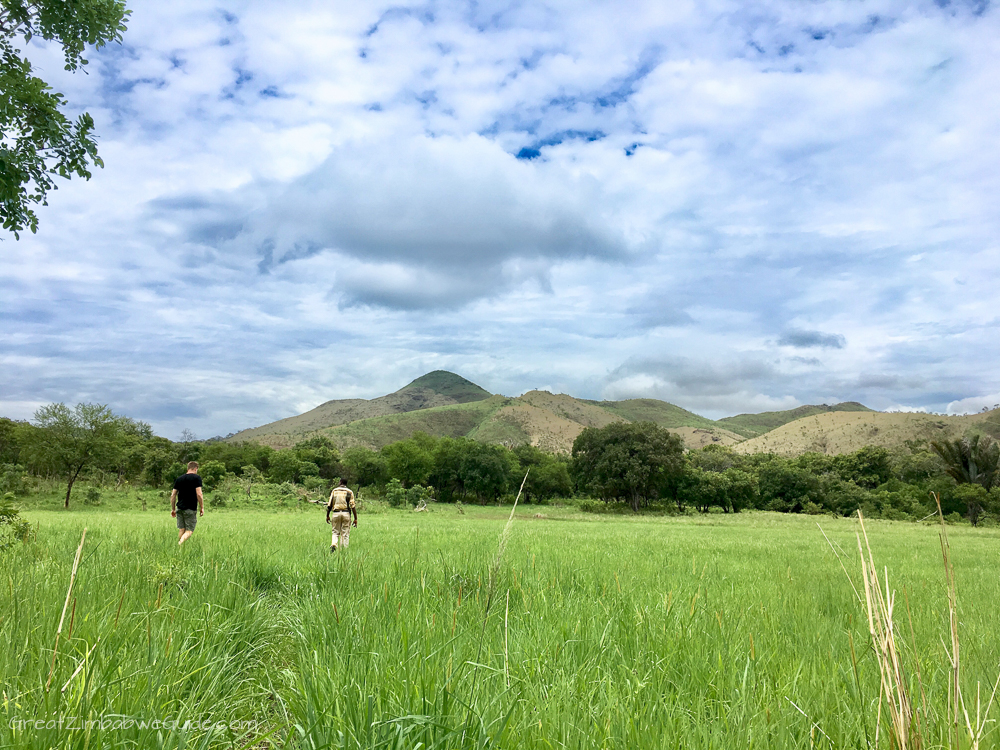
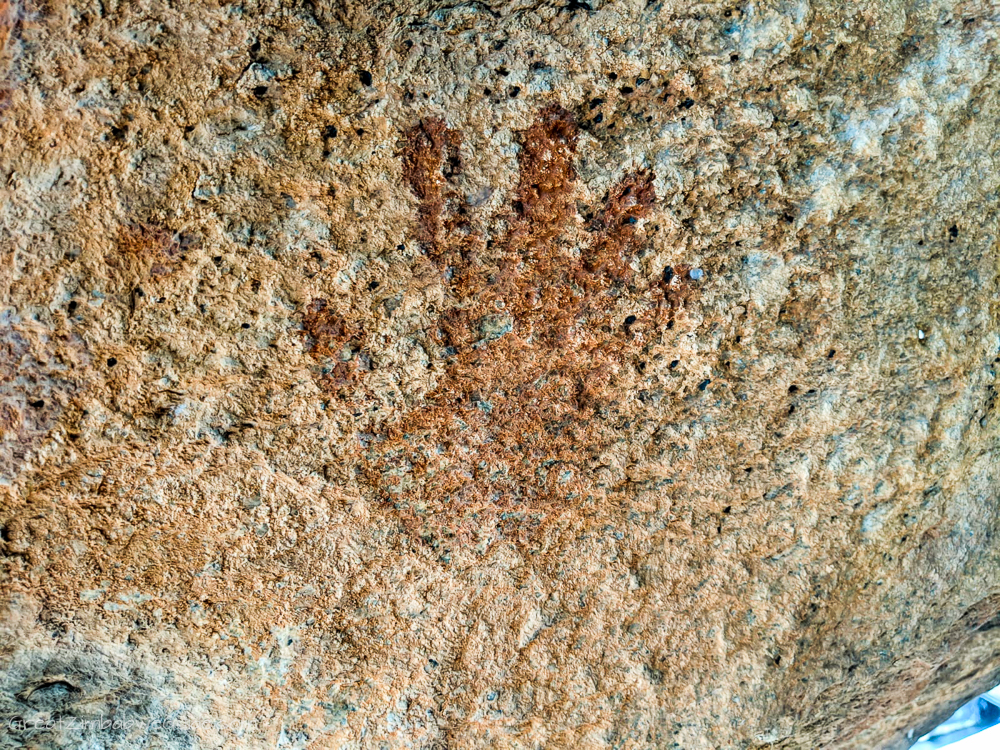
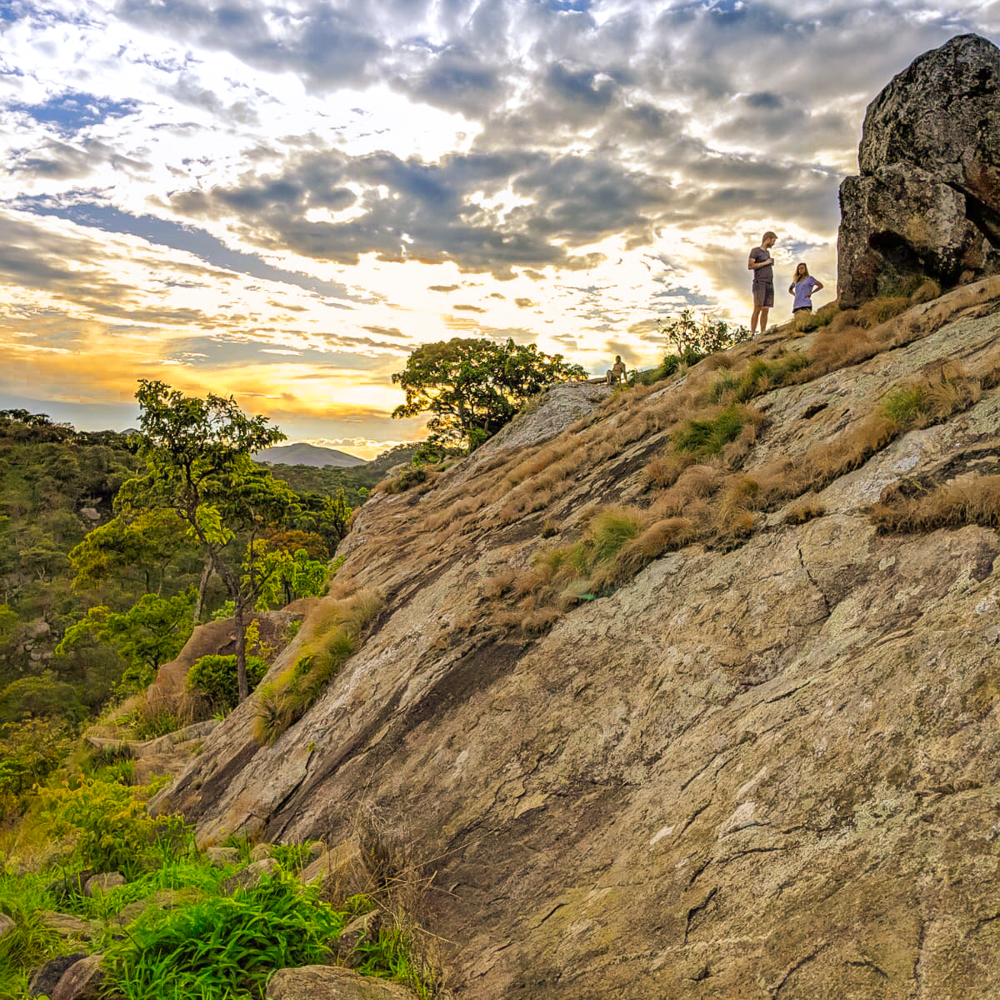
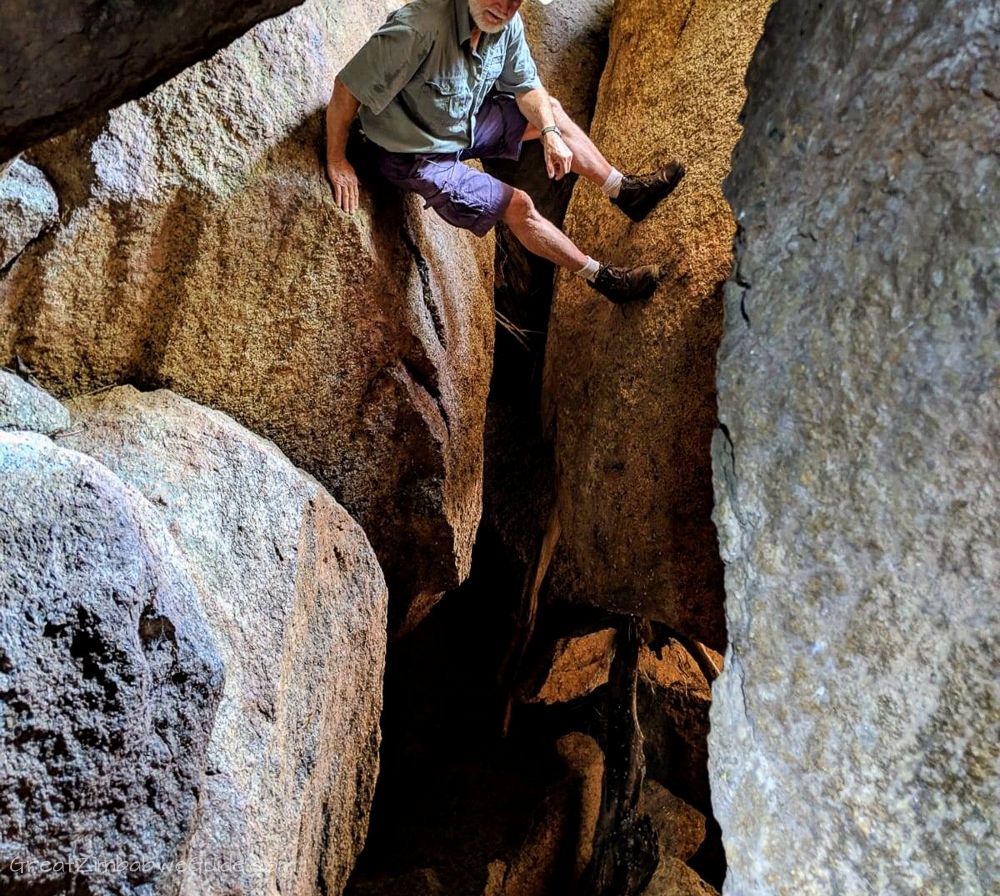
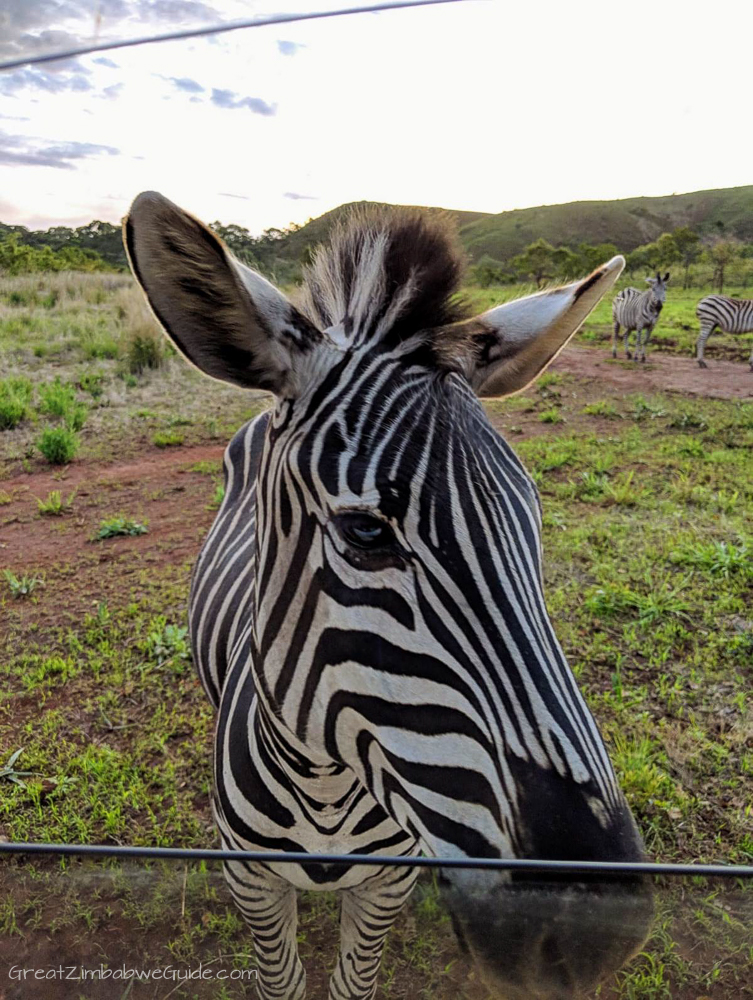
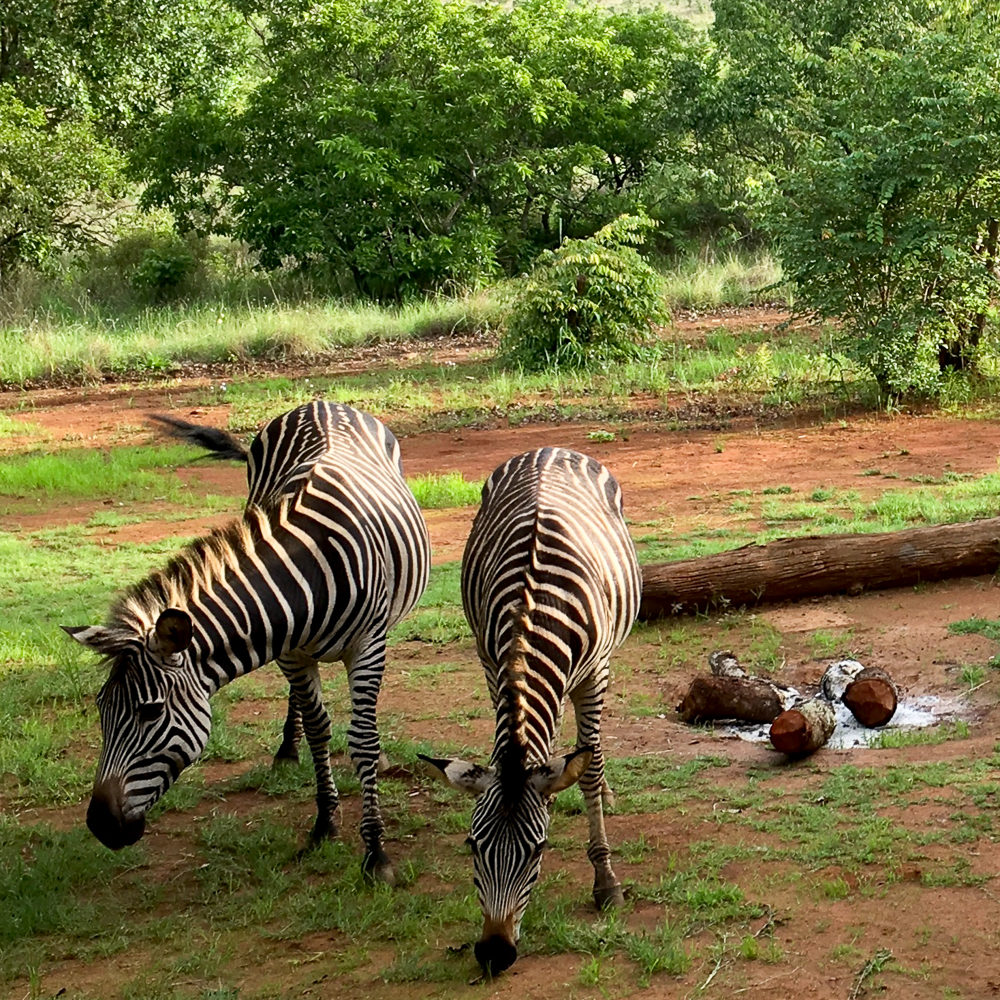


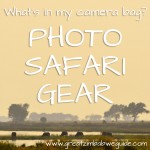

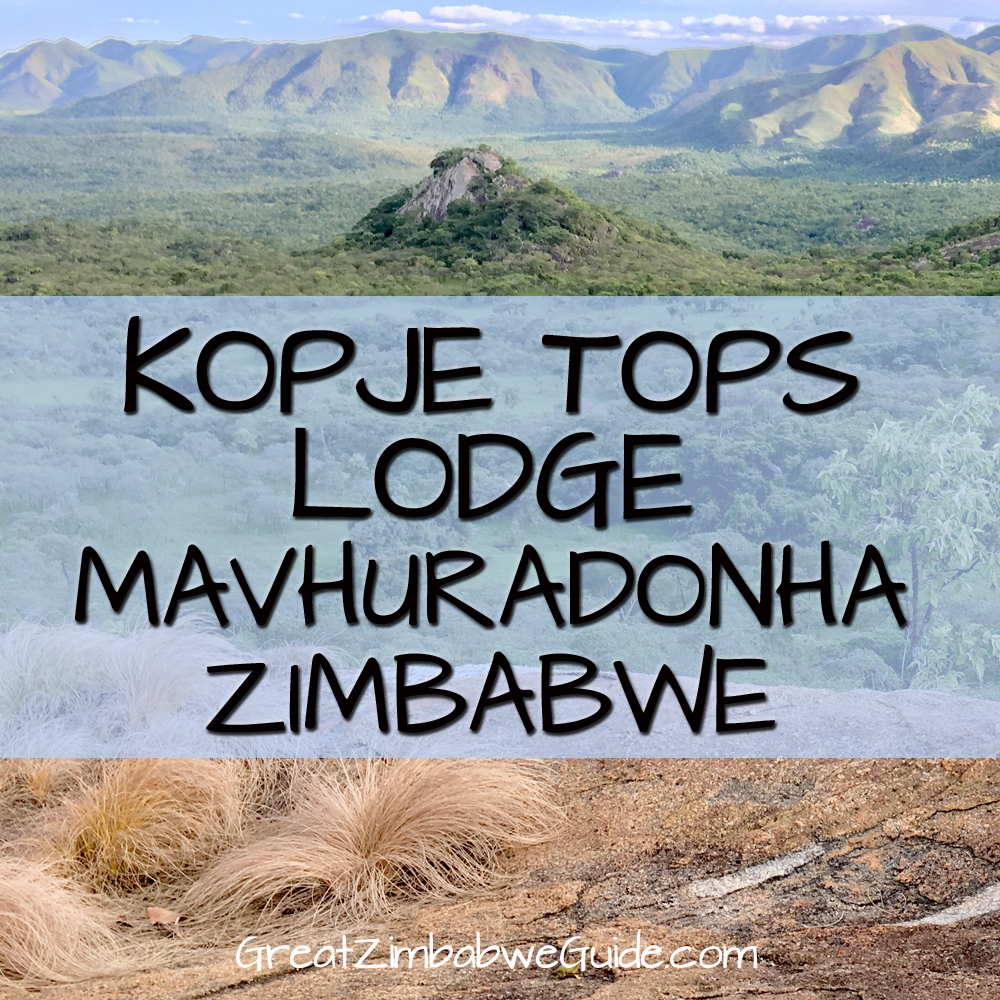
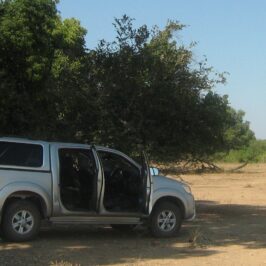

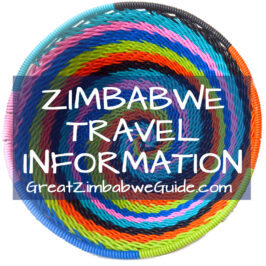
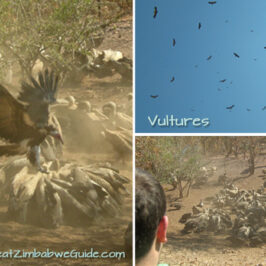
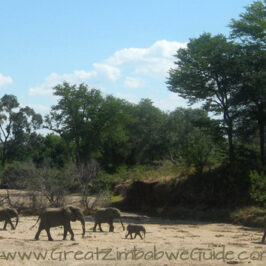
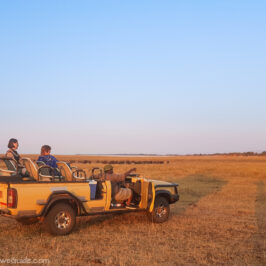

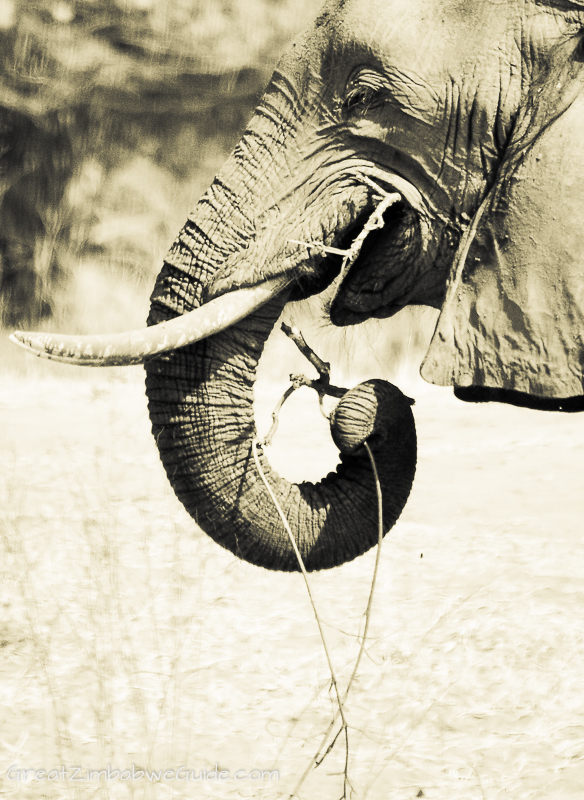
Ndumiso Sibanda
Thank you nice pictures
Great Zimbabwe Guide
Thanks Ndumiso!
Nozie Mpofu
Beautiful pictures! Thank you Beth for sharing such vital information. I have another item to add to my bucket list: “Go to Mavhuradonha”
Great Zimbabwe Guide
Thank you Nozie!
Nozie Mpofu
Beautiful pictures! Thank you for sharing such vital information. I have another item to add to my bucket list: “Go to Matusadonha”